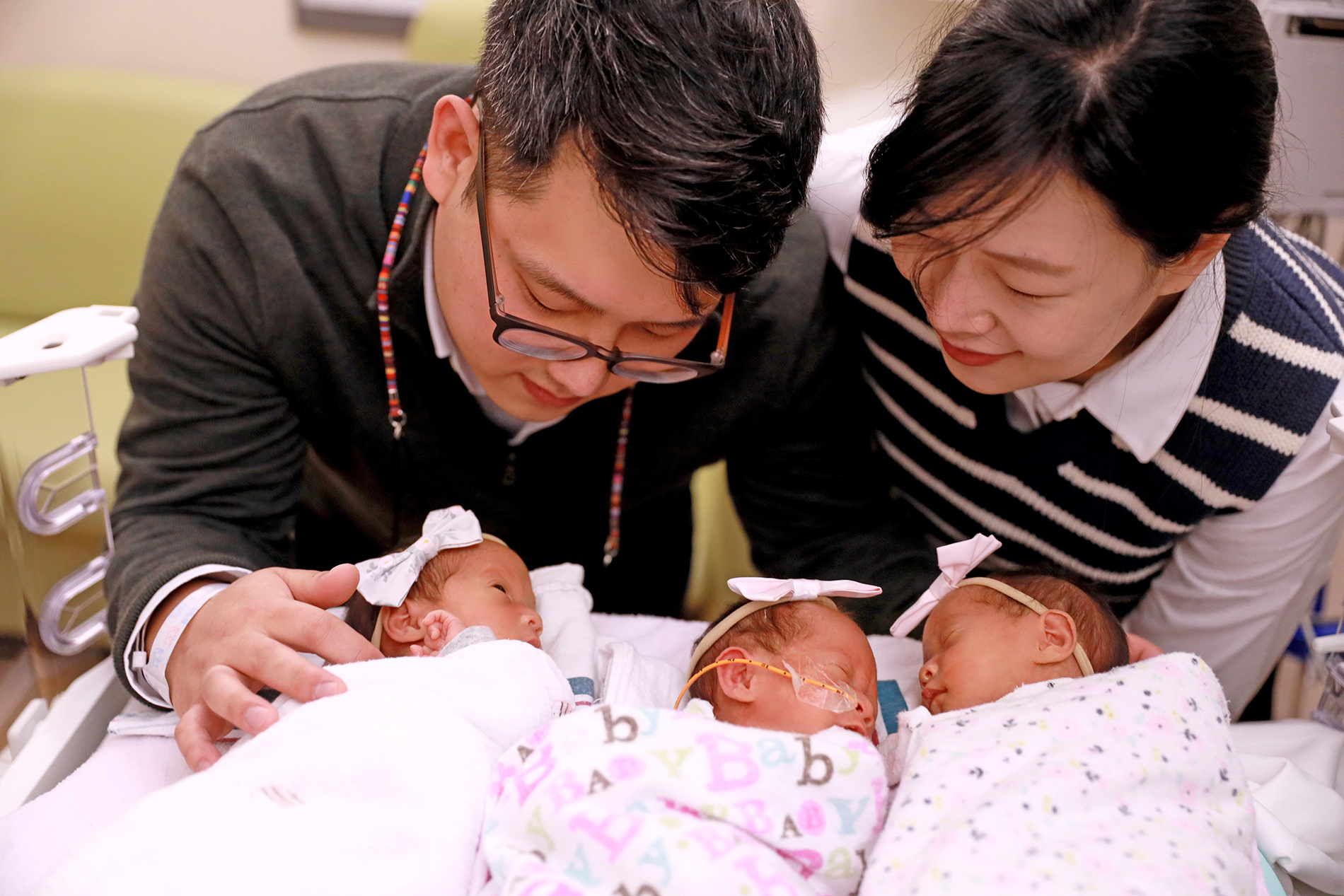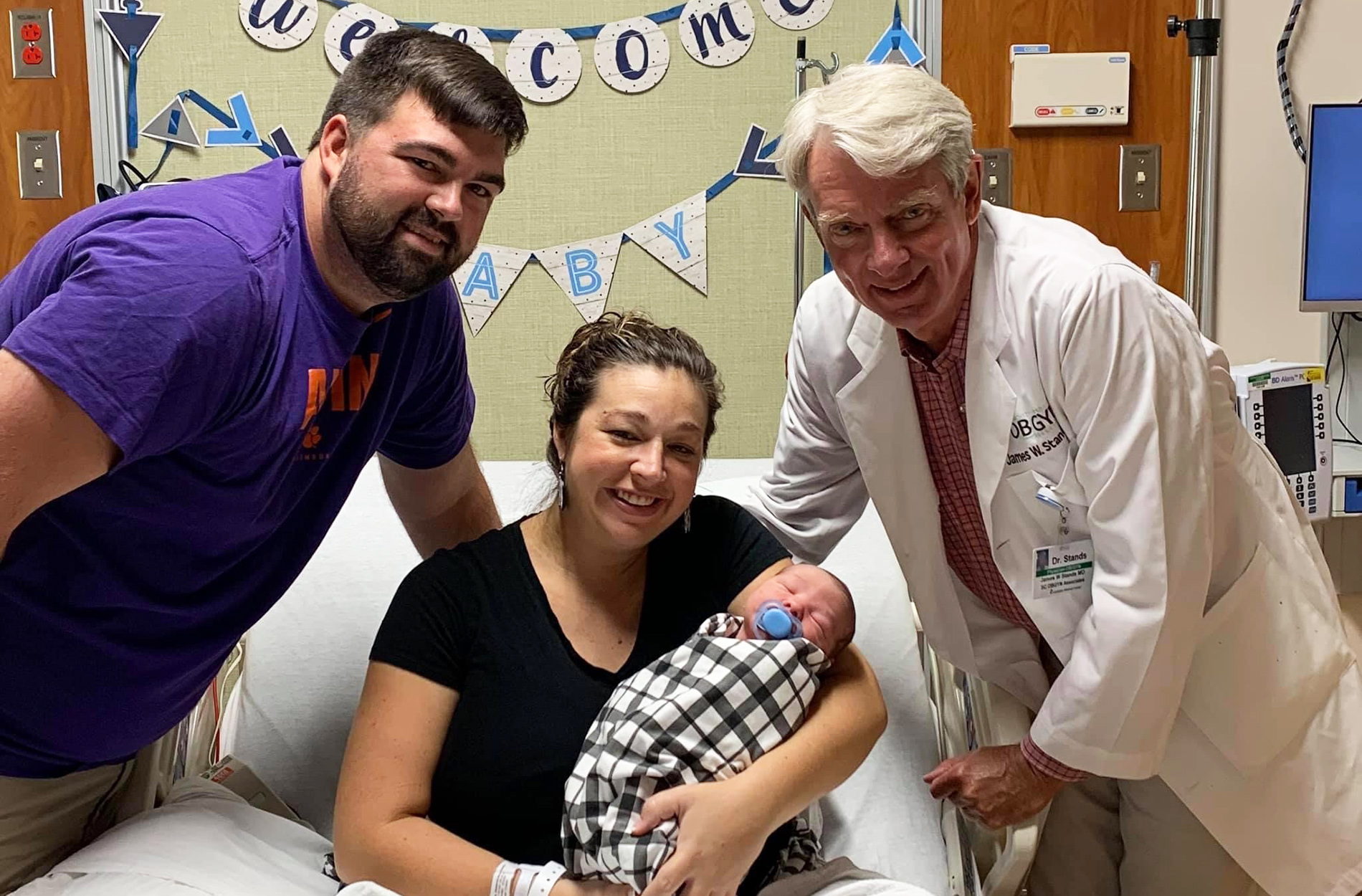Q. How common are twins, and has the prevalence of twins increased in the past few decades?
Twin births account for approximately 3.3% of all live births. Over the three decades, the twin birth rate rose by 76%, from 1.9% to 3.3 percent of all births. This increase is likely due to the fertility medications and advancing maternal age.
Q. What's the difference between identical and fraternal twins?
There are two types of twins: identical (monozygotic) and fraternal (dizygotic).
Monozygotic twins develop when one sperm fertilizes one egg to produce a single zygote. The zygote develops into an embryo, and the developing embryo splits during the first two weeks after conception.
The division results in two babies with identical genetic information, always of the same sex. Depending on the time of the division, each fetus could develop its placenta, or they could share a placenta.
Dizygotic twins develop when two eggs are released simultaneously, and two different sperms fertilize each of the two released eggs, resulting in two zygotes that grow into two embryos that develop in the womb at the same time. Dizygotic twins share about half their genetic material, the same amount shared between any pair of siblings, and they may be of the same sex or opposite sexes. Each of these fetuses does always have their placenta.
Q. What makes a woman more likely to have twins or other multiples?
Among the most important known factors that increase the risk of having twins:
- Fertility treatments
- Older maternal age
- Race and geography of origin
- Multiparity (having given birth more than once)
- Family history
Black women have a higher incidence of twin pregnancy so some African countries have a higher than usual number of twins.
Q. Do women pregnant with twins, or higher multiples, need to take any special precautions?
As twin pregnancies are at a higher risk of complications when compared to singleton pregnancies, we recommend closer follow-up and surveillance. Babies that share a placenta are at a particularly increased risk of complications.
Twin pregnancies have unique nutritional requirements, and special weight gain recommendations.
Q. When does a multiple pregnancies become high risk?
Even though a large percentage of twin pregnancies result in healthy babies and mothers, twin pregnancies require additional surveillance; therefore, we consider all twin pregnancies to be at a "higher risk."
Once a possible complication is detected, we recommend additional management recommendations. Most of the difficulties in twins are related to prematurity and growth abnormalities.
We want you to know that with adequate prenatal care under the supervision of an experienced high-risk team, twin pregnancy complications can be detected and treated promptly, leading to improved perinatal outcomes.

Pedro S. Argoti, MD, FACOG, Lexington Maternal Fetal Medicine







![shutterstock_1674223735[41] Smiling middle aged woman riding a bicycle](https://blog.lexmed.com/images/librariesprovider80/blog-post-featured-images/shutterstock_1674223735-41.jpg?sfvrsn=9f546f0a_0)


Leave a comment